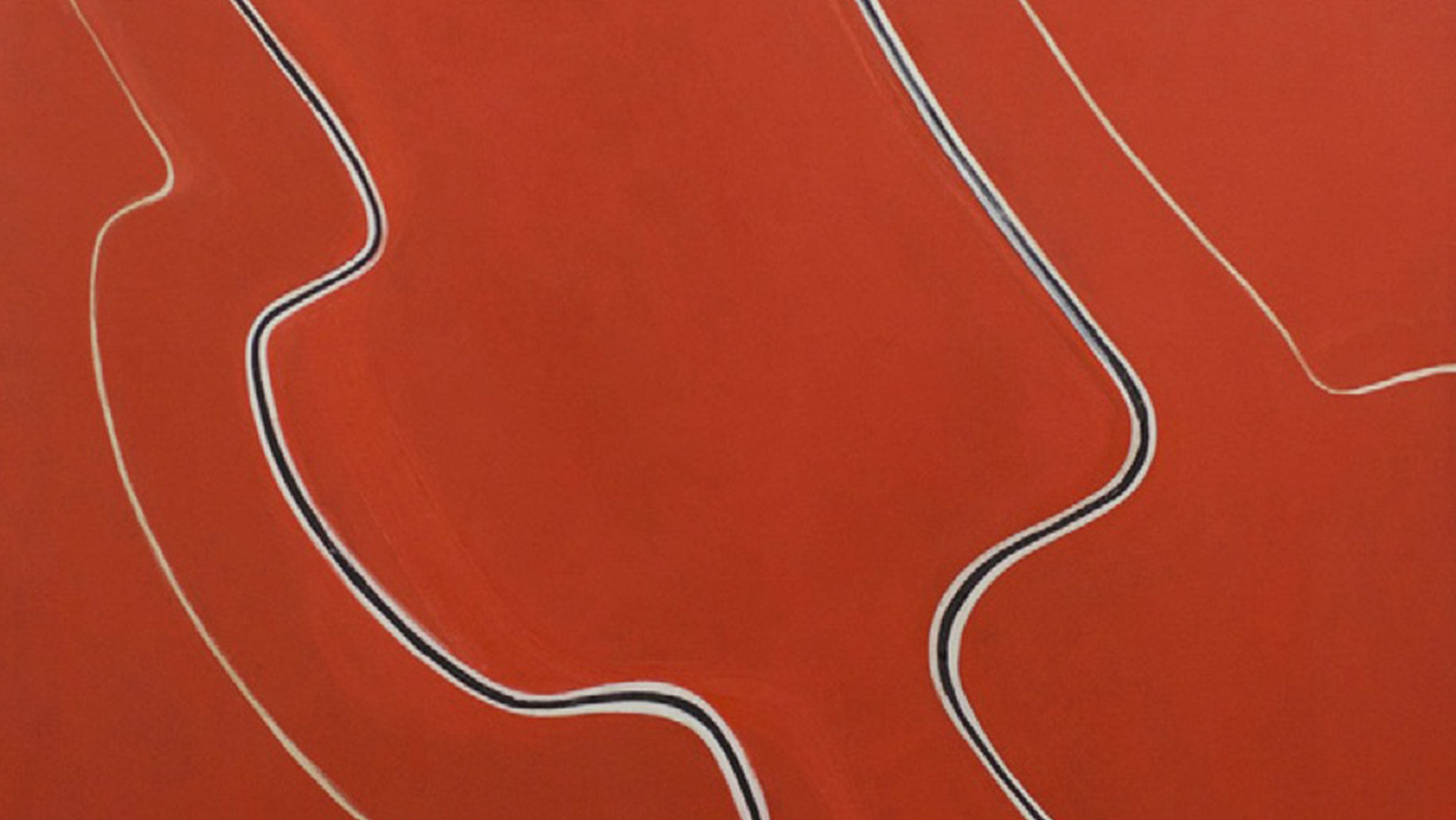Judd Foundation, New York
2018
September 22–December 8, 2018
Donald Judd: Paintings 1960–1961 presented nine works by the artist on the ground floor of 101 Spring Street in New York. The show was curated by Flavin Judd, Artistic Director of Judd Foundation.
Donald Judd began as a painter before transitioning to work in three dimensions in 1962, and these untitled works—four from 1960 and five from 1961—reflect his experiments with a variety of techniques and possibilities for creating non-illusionistic space in two dimensions. The oil paintings made between 1956 and 1958 feature irregular shapes that are neither strictly organic nor geometric, whereas in the later paintings from 1960 to 1962, Judd makes use of repeating forms, a reduced color palette, found objects, and wax and sand to build up the canvas, plywood, or Masonite surfaces, exploring the potential of the media itself.
As Judd explained in a 1971 interview with the artist and curator John Coplans, "Two things were going on in the painting: some of the earlier ones were organic and had curved lines; secondly, they were illusionistic to some extent, and I very steadily got tired of both things and tried to get rid of spatial illusionism, but I couldn’t get rid of it. So even in a painting like the red one with the gray stripes, painted in 1961, which is just all surface, there is still a spatial play around the lines." He continues by saying, "one also had the problem that there were at least two things in the painting: the rectangle itself and the thing (image) in the rectangle. . . . But for some reason I just didn’t want to do monochrome paintings."
Rarely seen outside of Judd Foundation spaces in Marfa, Texas, where the artist permanently installed his paintings from the mid-1950s to the early 1960s, Donald Judd: Paintings 1960–1961 marked the first presentation of these works in New York.
